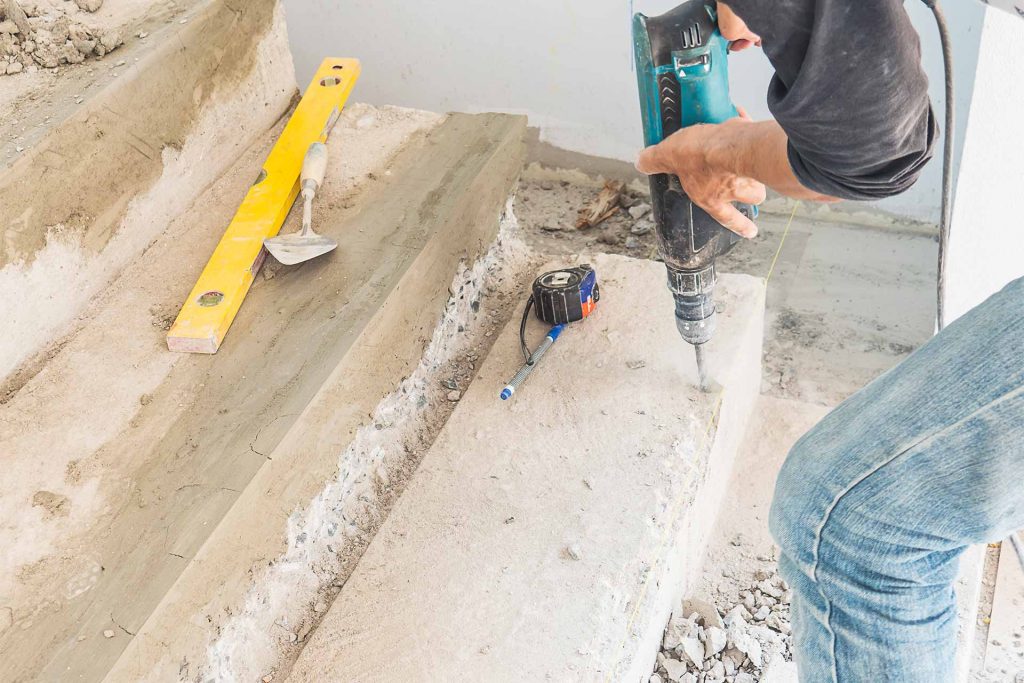Dry Method
In Iran, dry method is used to produce lime in plants, but not in a desired way, in such a way that lime does not slack well. However, it is not produced in a desirable way and lime is not slacked very well by this technique.
The most correct way of drying is as following:
At first, put (pour) lime on a surface about 30cm, and then moisten it with suitable amount of water. Next, fill another 30cm of surface with lime, moisten it and finally, for the third time fill another area of 30cm with lime and cover the complex with suitable insulation. The reason for using insulation is to prevent the loss of heat generated. Additionally it is used for better slacking of lime. The reason why dry method is not well implemented in domestic plants is the lack of proper insulation. This causes a large percentage of lime not to slack and remain in the form of clod (remain lumpy). The clods are literally called waste. Slacked lime is rolled after 2 days and clods are substituted for rubble in yard floor foundation. Regardless of the fact that lime under floor covering slacks gradually f1000 covering and lifts the mosaics. This method of slacking lime causes lump formation and other problems. Moreover, it increases the cost of project implementation. In the dry method, it takes about 3 to 4 hours for each layer to slack. In general, it is better for layers of lime to remain for at least one day.
Pressure-based method
Stability obtained from lime concrete in wet conditions is about 30 in 82 days, which in comparison with cement is lower (which is less than cement). On 873 days the value is reduced to 56 after 30 years it is reduced to 23 (The value changes to 56 in 873 and reduced to 23 after 30 years).
The best soil for lime concrete preparation is the soil with sand. If the granulation is fine, the lime concrete will crack after one or two days. In this case, the surface of lime concrete is beaten with a special hammer made of wood; they roll it so that the cracks are filled.

